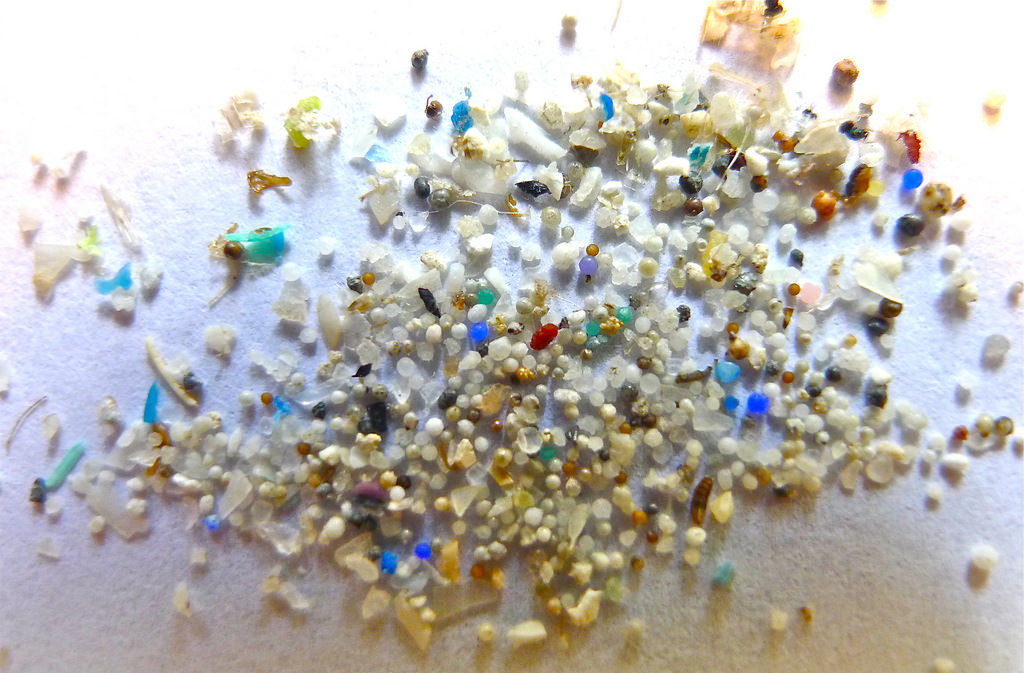On November, 5th, the Government of Canada announced that it would be banning microplastic beads in toiletry products.
At a public consultation was held on February 22nd, 2016, representatives from industry, industry assoications, environmental non-governmental organizations (ENGOs), and other government departments, and concerned citizens provided commentary and feedback on the proposed legislation.
One of the recommendations was that the regulations widen in scope to “take into account all products containing plastic microbeads that could enter the wastewater system in Canada.” Specifically, cleaning supplies, wet wipes, and anti-slip coatings were indicated as microbead carriers, and a provincial recommendation targeted sunscreens and moisturizers that, though not intended to be rinse-off products, still enter water systems.
Responding, the Departments of Environment and Health stated that incomplete information on products beyond toiletries are a hindrance to further regulatory limitations. However, the Departments’ response does state that it will continue to appraise the situation based on national and international findings.
A study published in October by Michielssen et al. focused on the ability of wastewater facilities to remove small anthropogenic litter (SAL), such as microbeads, from effluent. The findings indicated that a process involving membrane bioreactors or granular sand filtration in tertiary treatment were most effective in removing SALs, removing 97.2 and 99.4 per cent, respectively.
The report concludes that retrofitting secondary wastewater treatment processes with granular or membrane filtration would be prudent. However, the study is clear that a disposal practice for SAL removed from wastewater does not yet exist.
Canada‘s regulatory impact analysis statement.
Image courtesy of Environmental Science.














